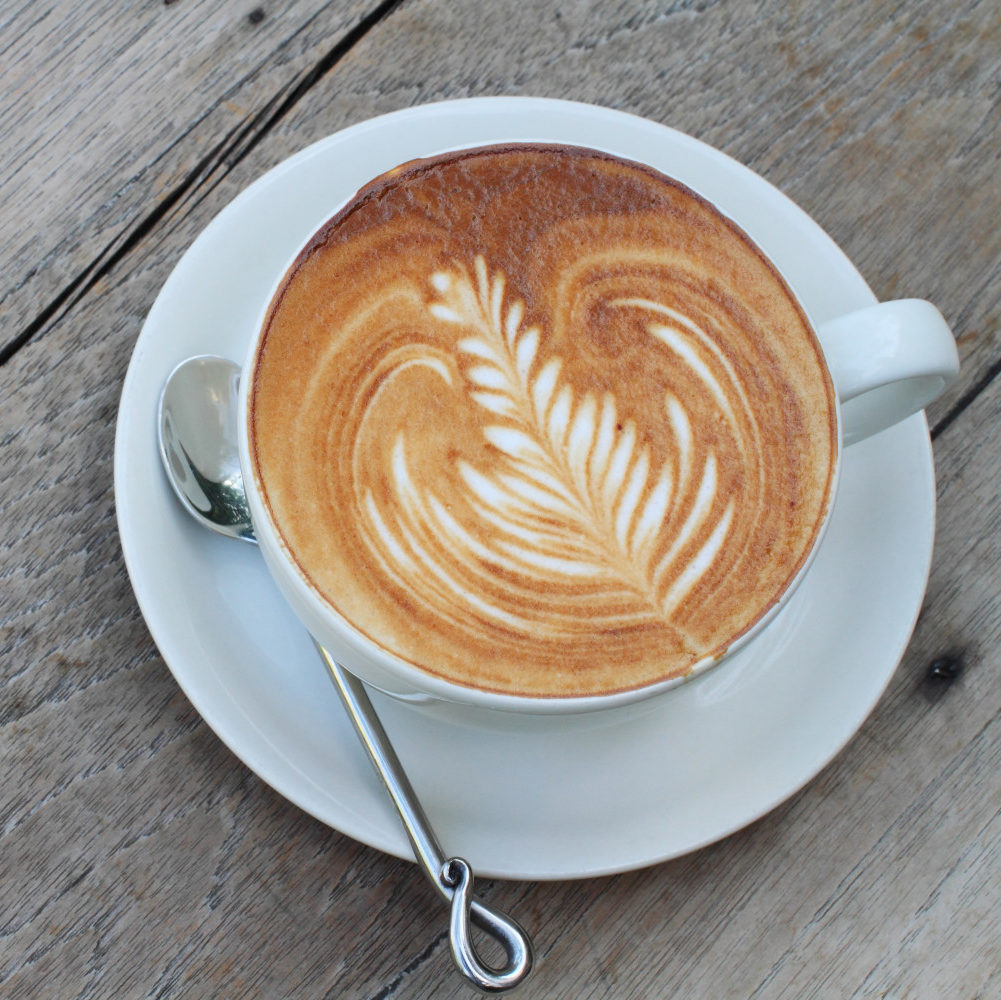I have a confession. My day doesn’t begin until I’ve had my first cup of coffee. Till that happens, I’m a zombie looking to down that first cup. The caffeine gets me going with my day. It’s not just the caffeine, though. It’s a habit, a ritual I go through every morning that gives my day direction.
Occasionally, however, I find myself waking up in a place without a coffee maker. It could be at a friend or family member’s place who doesn’t drink coffee, or while camping. It even happened in my own home recently, when a glass Chemex was knocked over and shattered. It’s the worst feeling.
Thankfully, coffee can still be brewed without a coffee maker. After all, people drank coffee before electricity. It’s actually surprisingly easy to make great coffee without a coffee maker. All you need is freshly roasted coffee, a grinder, hot water and a mug. If you have a filter, toss that in the mix too.
The Importance of Freshly Roasted Coffee
Even though you don’t need a coffee maker, you’ll still need freshly roasted coffee beans. The quality of a cup of coffee is largely determined by the quality of the coffee used to make it, and nothing is better than freshly roasted beans. The taste of a cup of coffee is about 80 percent aromatics, which dissipate as roasted coffee ages. If coffee sits for a long time after roasting, it will taste stale. Put another way, the freshest coffee makes the best coffee.
Try to use coffee that has been roasted within the past two weeks, and you’ll have a delightfully aromatic cup of fresh coffee. If you are hitting the road or going camping, pack your whole bean coffee with you – it doesn’t take much space!
The Need for a Coffee Grinder
You’ll also need a coffee grinder, so you can grind up the beans and release all of their aromatics.
Even in the early days of coffee drinking in Western Europe, coffee was freshly ground. In a letter to her sister Cassandra, Jane Austen wrote of her brother’s forthcoming visit: “It is rather impertinent to suggest any household care to a housekeeper, but I just venture to say that the coffee-mill will be wanted every day while Edward is at Steventon, as he always drinks coffee for breakfast.” This letter dates to 1799, when tea was still the more common of the two beverages. Interestingly, Jane Austen requests a coffee mill (grinder), but she makes no mention of a coffee maker.
Today, you can’t call on a housekeeper to furnish a grinder when staying at someone else’s home, so you should probably pack your own grinder. Two manual grinders that I like are the Hario Mill and the Porlex Mini. Both are burr grinders, so they’ll produce a nice, consistent grind, and they’re relatively compact.
The Final Ingredient: Hot Water
Finally, you’ll still need hot water, just below boiling. Coffee should be brewed with water that is between 195 and 205°F, as this is the best temperature range for extracting solubles from coffee grounds. Within this range, water won’t scald the grounds, but it will draw out their flavors and aromatics.
You don’t need to check your water’s temperature with a thermometer. Who carries a thermometer around anyway? Just boil water and let it stand for 30 seconds. Any utensil with a handle can be used as a kettle to heat water.
Now to Brew Coffee without a Coffee Maker
There are two ways to make coffee without a traditional coffee maker. The method you’ll want to use will depend on whether you have a filter. With a filter, you can create a makeshift pour-over. If you don’t have a filter, an immersive brew, similar to a French press, will work best.
Method 1: Creating a Makeshift Pour-Over
To create a makeshift pour-over, place your filter on top of the coffee cup. It doesn’t matter whether you have a thick or thin filter, but it does need to be clean. Paper filters are cheap, easy to find and carry. If you don’t have one, use a clean cloth and tie it to a sieve. Once the filter is in place:
- Rinse the filter with hot water and toss the rinsing water
- Measure a tablespoon of coffee for each cup of coffee you want to make
- Grind your coffee on a medium, sand-like grind
- Wet the grounds with a little water and wait for at least 30 seconds (longer if your beans are very fresh)
- Pour half of the remaining water over a 30-second duration
- Pour the rest of the water in three or four smaller increments
There you have it – your own cup of great coffee to get you going for the day! If you think it tastes too bitter, add more coffee. If it’s too sour, reduce the amount of coffee you use.
Method 2: Mimicking a French Press
Without a filter, you’ll have to use an immersive technique, which is the same way French presses work. Simply:
- Measure a tablespoon of coffee for each cup of coffee you want to make
- Grind your coffee on a coarse setting, so it resembles sea salt
- Wet the coffee and wait for 30 seconds if you’re using fresh coffee
- Pour the rest of your water
- Let the coffee stand for 4 minutes.
- Pour it slowly into the cup you will drink from and stop before the grounds start to get into your cup. This way, you’ll get an evenly brewed cup without too much stuck at the bottom.
The next time you wake up and no coffee maker’s available, don’t worry. It doesn’t have to be a difficult morning. People brewed great coffee for centuries before coffee makers were commonplace, and it’s easy to do. Just follow the above steps, and you’ll have a good, coffee-filled morning.

